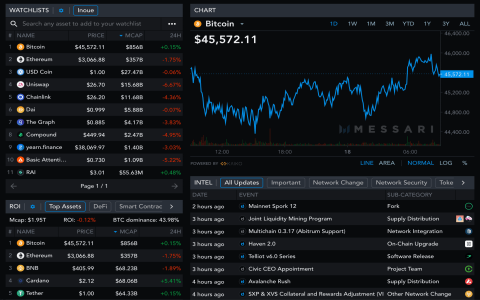Okay, so I’ve been messing around with this “Chariot” thing, trying to nail down a decent time frame for, you know, getting stuff done. It’s all about figuring out how long things really take, not just guessing.
My Experiment
First, I picked a task. Something not too big, not too small. I went with setting up a basic landing page for a pretend project. Figured it was a good mix of design and coding.
Then, I broke it down. Like, really broke it down. Instead of just saying “build landing page,” I listed out every tiny step:

- Sketch out the layout on paper.
- Find some color palettes I like.
- Write the headline and subheadline.
- Code the HTML structure.
- Style it with CSS.
- Make it responsive (so it looks good on phones).
- Test it in different browsers.
See? Lots of little things. The key is to use the verbs.
Next, I timed myself doing each step. No cheating! I used a simple stopwatch app on my phone. I didn’t try to be a hero, just worked at my normal pace. If I got interrupted, I paused the timer.
The Results
Here’s what I found (roughly, I am rounding to keep it easy to follow):
- Sketching: 15 minutes
- Color palettes: 20 minutes
- Writing copy: 30 minutes
- HTML: 45 minutes
- CSS: 1 hour
- Responsive stuff: 30 minutes
- Testing: 15 minutes
Total: Around 3 hours and 35 minutes.
Honestly, I was way off in my initial guess. I thought it would take maybe 2 hours, tops. But breaking it down and timing each step showed me where the time really goes.
What I Learned
This “Chariot” time frame thing isn’t about being perfect. It’s about being realistic. Now, the next time I need to build a landing page, I’ll have a much better idea of how long it’ll actually take. I can plan my day better, and I won’t feel like I’m constantly falling behind. Plus, I know to time myself for certain individual tasks.
It’s also a good way to spot bottlenecks. Like, if I see that one step is taking way longer than I expected, I can figure out why and maybe find a faster way to do it next time.
It is not a perfect method, but it is a great starting point for me. I will keep doing it!


